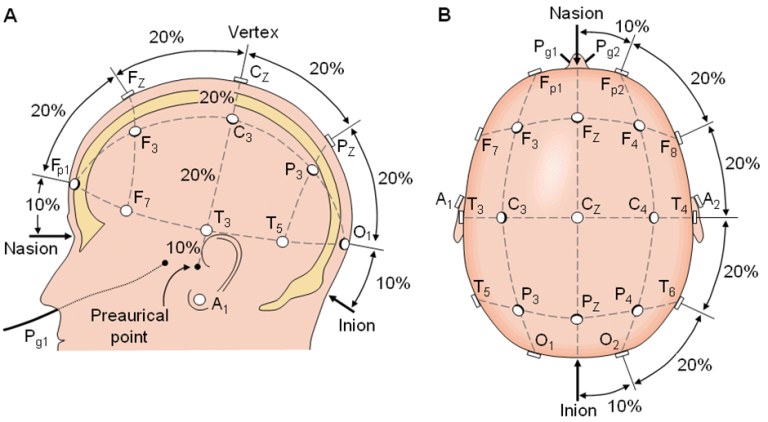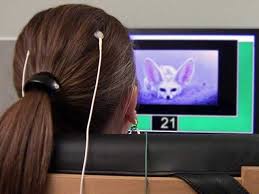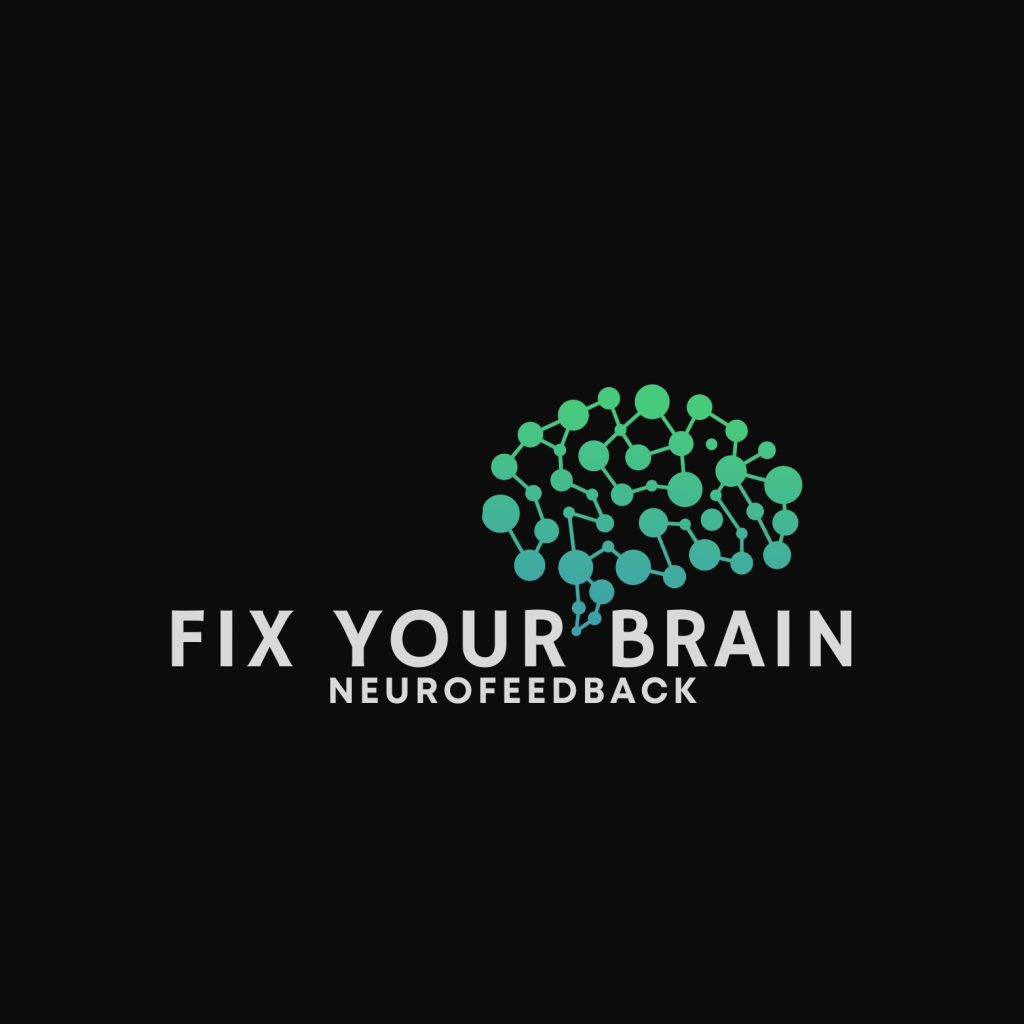What to expect

Here is an image of the different sites where data is collected via the electrodes. We use the internationally recognized 10-20 site placements
- Duration of Assessment is approximately one and a half hour
- Electrodes are attached to your scalp with a water soluble paste, and clips are attached to your earlobes.
- These electrodes collect data from your brain waves which is translated into visual waves via the brain-computer-interphase
- Electrodes are repositioned after every section of data has been collected
- Every cycle of data collection involves a eyes closed, eyes open and task section
- There are 5 different areas of data collection involved
- The assessment purpose is to display the way your brain waves are functioning and how your brain uses the energy that the brain waves provide.
- There are quite a few imbalances that may be determined with a brain map assessment:
- Depression Markers
- Trauma related patterns
- Memory quality
- Stress and Anxiety
- ADD/ADHD markers
- Concentration problems
- The effectiveness of the communication between the left and right brain hemispheres
- The balance of the brainwave patterns. If there are reversal patterns present
- the quality of your sleep
- OCD patterns
- And more
- After the completion of the assessment data is processed and verbal feedback is provided
- A whole brain training plan is then compiled which takes into account your unique brain patterns
- The session is very intense and there is much addressed and it is difficult to remember it all, and as such a written report is also compiled and sent to the client
- The training plan is individualised according to each person’s assessment.
- Protocols are chosen to be used at specific brain sites to address the patterning as revealed in the assessment.
- An individualised training plan is then compiled
- The training plan is based on the brain patterns revealed during the assessment
- Protocols is then written to address these brain patterns that was identified and improve them
- We use amplitude training to help the brain form new habits.
- For optimal results most adults need approximately 40 sessions, and most children approximately 30 hour sessions of brain training
- We book 30 hours up front to ensure the most benefit is gained from the process of brain training.
- After the first initial 30 hour sessions, an reevaluation is conducted in the form of a questionnaire to ascertain where you are in the proses and if you still need some more hours to reach your proffered optimal state or goal we set out to achieve in the beginning
- These sessions are booked in 1 or 2 hour slots
- Initially 3 sessions are booked in the first 2 – 3 weeks
- After the initial weeks the sessions are reduced to 2 X 1 hour slots per week that needs to be booked
- Your Brain training is spread over a period which means it gets enough time to fall into the rhythm of the new patterns that is being created
- This is a most effective and internationally accepted way of doing brain training to ensure the best results.

During a Neurofeedback session the electrodes are placed on your scalp again as with the assessment. You will be receiving feedback via earphones, or via visual prompts. your brain’s electrical activity is read by the brain-computer interface-program and you receive visual (a screen that dims or brightens while watching a video)or auditory rewards (sounds generated via the computer program in unison with your brainwaves) as your brain responds to the program. These prompts are received and interpreted immediately as your brain is working.
It may feel like a very passive process since you will not physically be busy with any activity and you will be required to sit very still. Many of the protocols may even require you to close your eyes and you may drift of to sleep, but it is not the type of sleep like when you go to bed at night. You normally will feel very refreshed once the protocol has run its course. By falling asleep you are getting out of the way of your brain and letting it do all the good work.
As I said it is a very passive process, but your brain will be working very hard and you may be very tired after your sessions
A very Important Message
Brain training is non-invasive, no substances are used and it is totally pain-free.
Will I be able to afford it?
As with everything in life, nothing worthwhile comes cheap. So yes the financial aspect of neurofeedback is something to take in consideration.
Unfortunately we are not yet at a stage in South Africa or in many countries across the Globe where Neurofeedback can be claimed from Medical Aid Benefits.
Here is a layout of the costs involved when doing Neurofeedback through Fix Your Brain:
Assessment: R500-00 payment of which will be considered as your confirmation of the appointment.
The sessions are then priced at R350 each, But please do not fret because we do have payment options in place to ensure this wonderful therapy is within reach of each and everyone
